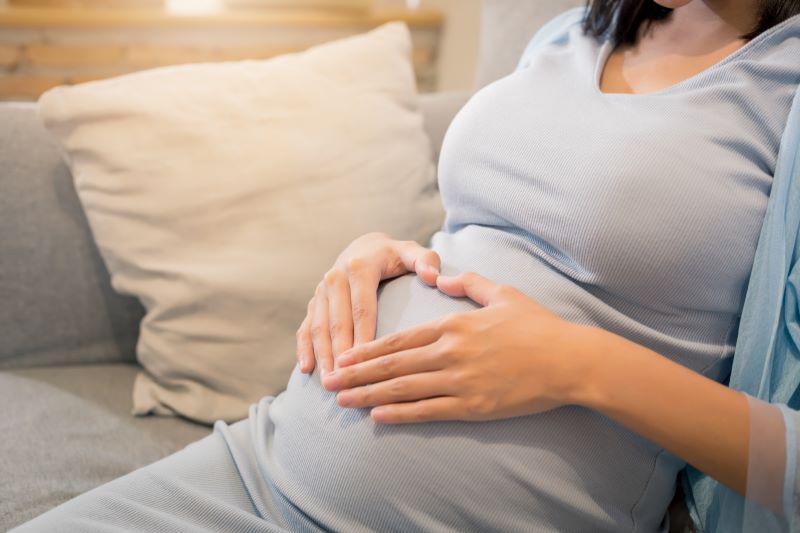Patient Resources
Get Healthy!
COVID in Late Pregnancy Ups Odds for Preterm Birth
- July 21, 2022
- By Ellie Quinlan Houghtaling HealthDay Reporter

A COVID-19 infection might put pregnant women at risk of premature birth, but only if they're in their last trimester, Israeli researchers report.
"The results are encouraging and reassuring that COVID-19 infection during pregnancy is not associated with any type of pregnancy loss," said Dr. Tal Patalon, head of the Kahn-Sagol-Maccabi Research and Innovation Center in Tel Aviv.
Her team examined 5,400 pregnant women from 2020 to 2021-- split evenly between those who were infected during pregnancy and those without a reported infection.
The study, published July 20 in the journal PLOS One, found that of the women who contracted COVID, 17.4% got it during their first trimester; 34.2% during their second, and 48.4% during their third trimester.
While women who got COVID during their first two trimesters weren't at an increased risk for premature birth, those who fell sick in their third trimester were 2.76 times more likely to have a preterm birth.
If a woman was infected after 34 weeks, she had more than seven times the odds for a preterm birth than women who didn't have COVID.
The sick women were also less likely to have their water break before going into labor. Despite the stark contrasts when it came to entering labor, the likelihood of a cesarean section and a loss of the baby were similar among both groups, researchers noted.
The researchers urge couples to social distance more and use masks consistently after the 34th week of pregnancy to reduce the risk of infection.
Patalon added a cautionary note.
"It should be remembered that the research group tested the COVID pre-Delta variants, and does not refer to the dominant variant today, which is Omicron," she said in a journal news release. "We continue to conduct research to provide real-world data and knowledge to the public and decision-makers."
More information
To learn more about other COVID-19 health advisories, visit the U.S. Centers for Disease Control and Prevention.
SOURCE: PLOS One, news release, July 20, 2022

